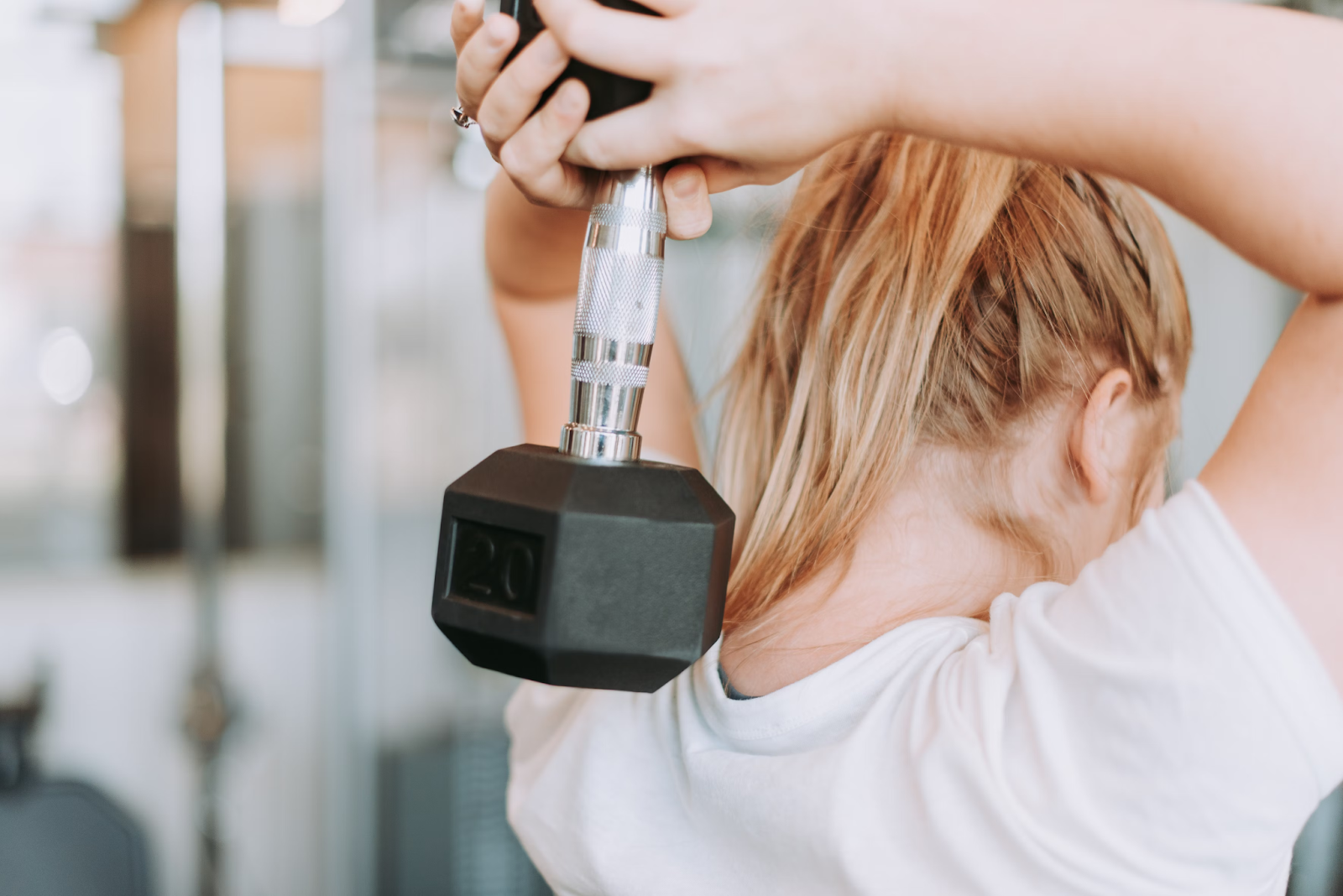Road to Recovery: Navigating Exercise After Surgery
Recovering from surgery can be a long process, as your body needs to receive the right amount of care and rest to be able to make a full recovery. This means that you will likely have time away from the activities that you love, including exercise. Whether it’s a short or long recovery time, having surgery will take a significant physical toll on your body so rehabilitation instructions must be followed carefully.
Preparing for surgery can be a stressful and daunting experience, but people often forget about post-surgery. Getting back into the swing of things and returning to your normal routine post-op is important, and you don’t want to push yourself too hard when doing so. However, starting to workout and feel like yourself again is a great feeling.
In this guide, we will explore the road to recovery after your surgery and how you can reincorporate exercise into your daily routine.
Don’t rush it
Recovering from surgery can take time, with some surgeries taking longer to recover from than others. Yapa plastic surgery, for example, can sometimes take several weeks to make a recovery as you are having parts of your body changed for your aesthetic pleasure. It’s important to listen to advice from your doctor and surgeon on guidelines on when you can start exercising again. Professional advice is so important when recovering from surgery, as they know what they are talking about.
You are likely to feel extremely tired post-surgery, so you must get plenty of rest before you even consider picking up weights or going for a run. You may find that you need an extra few weeks of recovery before you start exercising again, so make sure you don’t rush back into it before you are ready.
Start training lightly
Regaining mobility back in your muscles and bones should be the priority post-surgery, as opposed to full-intensity workouts. This should be at a pace that best suits you, as you shouldn’t be overworking to achieve these results. Everyone will be different at how intense they can go post-op so you should go slow and steady just to be on the safe side.
To avoid injury and prevent infection after surgery, you should listen to your body and avoid using any heavy weight for a few weeks. You should get advice from your doctor on how soon you can start lifting weights.
There are ways you can slowly get back into working out, such as avoiding overhead exercise after top/chest surgery, starting by walking, focusing on muscle groups further away from the repaired area, adding more cardio to your workout and trying lighter motions.
Realistic goals
You should always set goals with exercise and this is especially the case for post-op exercise. Expecting to hit the same workout goals straight after surgery as you did before would be foolish, as it takes some time to get back into your former rhythm. It can take anywhere from around 6-12 months, depending on the injury, to get back to your optimum performance level.
Making weekly or monthly goals for yourself can be a great way to get back into your routine and make strides toward regaining your rhythm.
Know your limits
When working out post-op, you need to know your limits. If you start to feel pain when lifting weights or running, you should stop and re-evaluate how far you should push yourself. A serious injury could occur or your surgery might not heal well if you go too overboard with your workout.
There are light exercises that you can try that will keep you healing well while improving your fitness; these include side lateral raises, dynamic chest stretches, elbows back stretches, incline bench dumbbell curls and standing calf raises. You should also try walking instead of running for the first few weeks or months after your surgery.
Pre-workout strategy
Preparing for your workout and creating a pre-workout strategy can be a good and safe way to workout without over-exasperating yourself. Stretching before your workout should be done to loosen your muscles and make them perform better when exercising.
Making sure you get good quality sleep, hydrate yourself and fuel yourself up on food are all important factors you should take into consideration before you workout. Especially if you are working out post-surgery, these things are a must if you want to have a safe workout.
Post-workout strategy
As well as having a pre-workout strategy, you should also have a post-workout routine. Stretching after your workout is also super useful, as it helps you cool down and brings your body back to a resting position for sedentary work. Cold showers can also help with this. Using a foam roller can help you further stretch out your muscles and minimise post-workout soreness.
You also need to make sure that you refuel after a post-surgery workout to replenish yourself and recover. Not doing so can hurt your body’s ability to grow muscle and recover from surgery.
